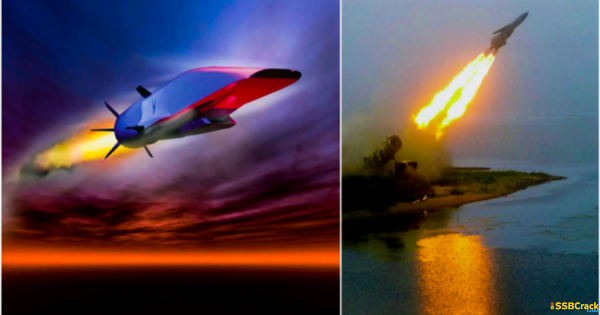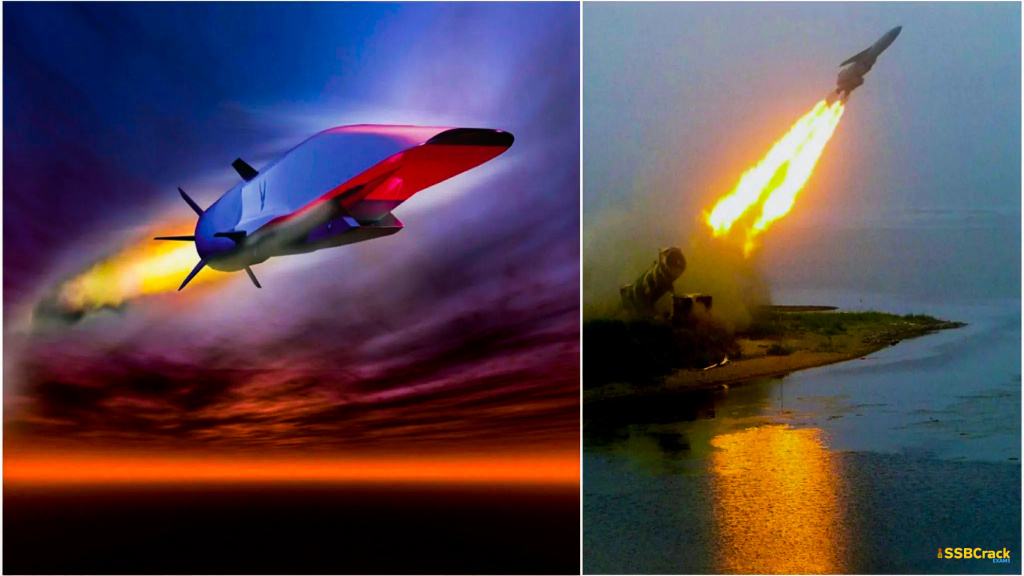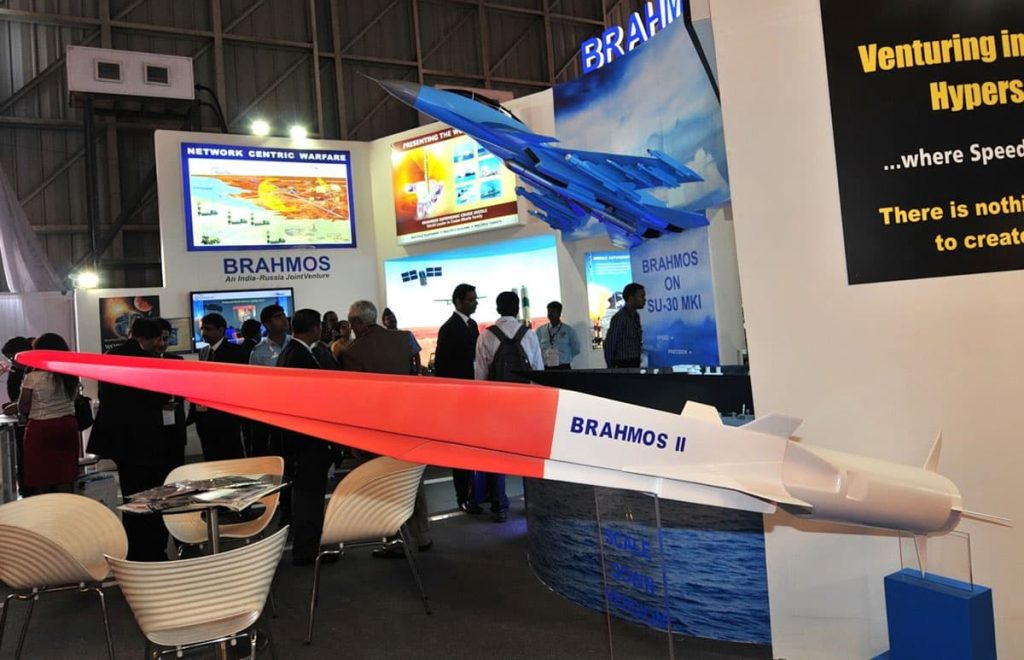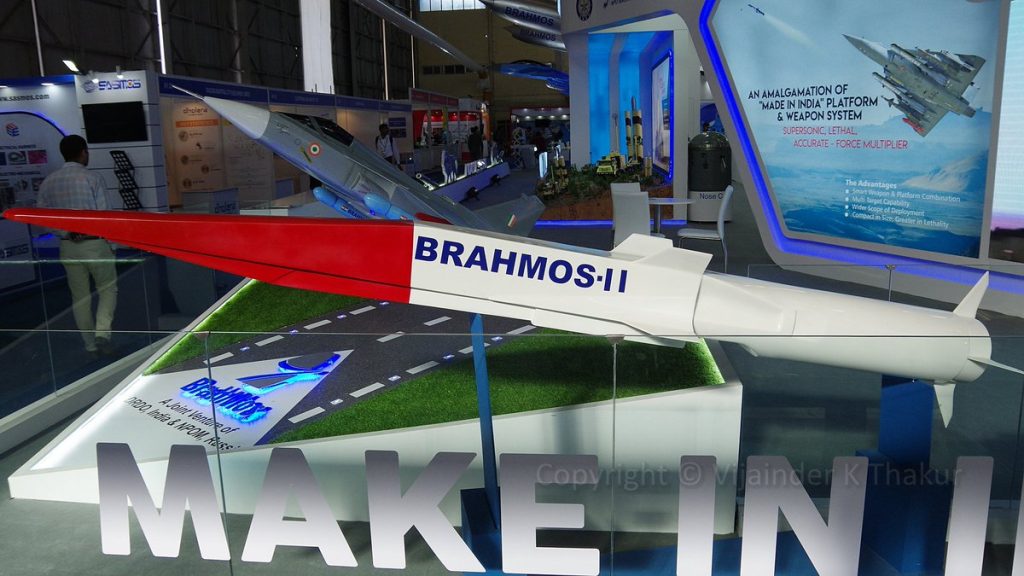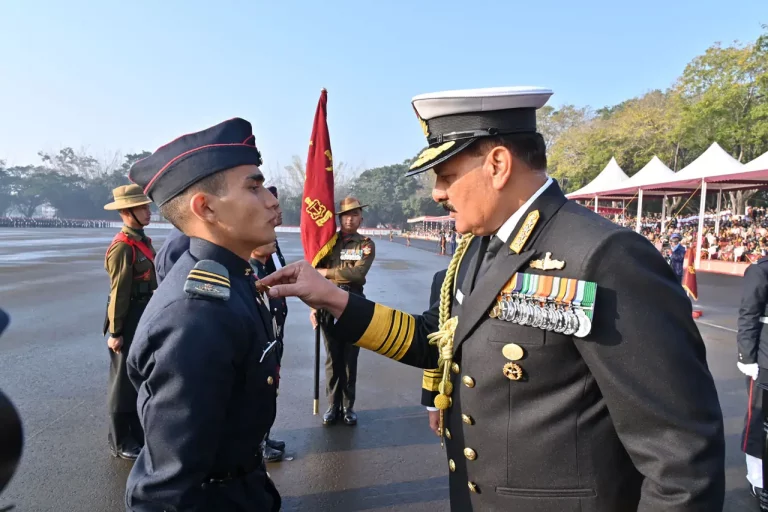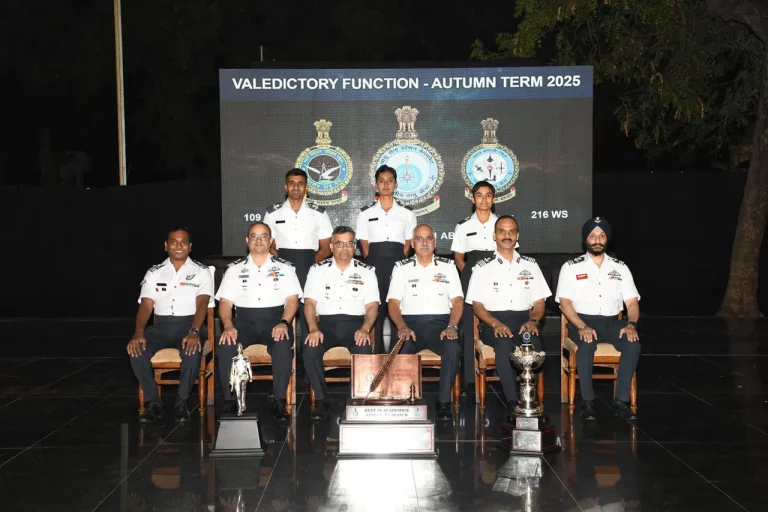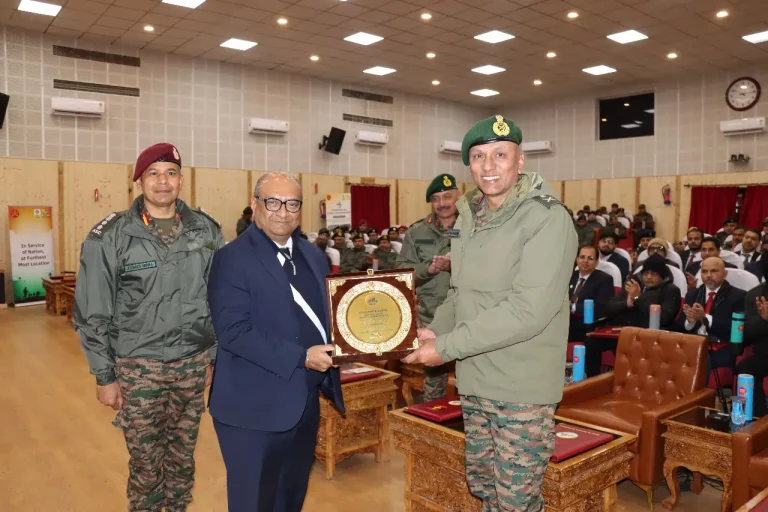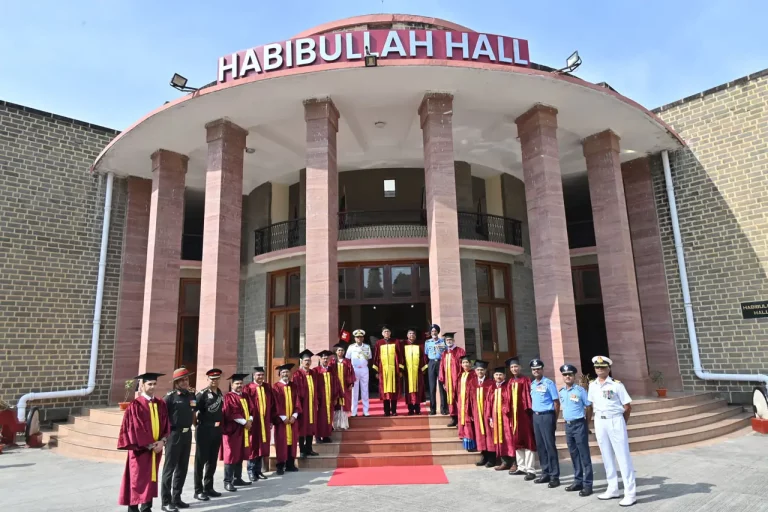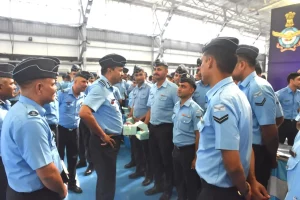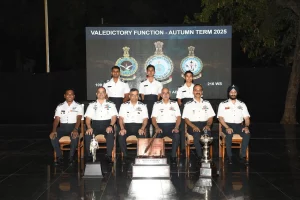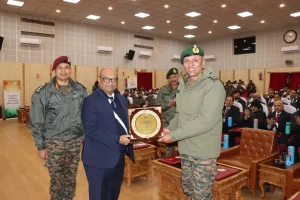Ajit Doval, the national security adviser for India, and Nikolai Patrushev, his Russian counterpart, met in the final week of March 2023 to examine the potential for cooperative development of the BrahMos-II Missile, the hypersonic variant of the BrahMos missile. The main goals of the meeting held alongside the Shanghai Cooperation Organization were to collaborate in the defence sector and to purchase defence supplies from Russia (SCO).
The Two NSAs had a one-on-one meeting where they discussed connection problems, the Pakistan-Ukraine defence axis, the payment system, their security collaboration, and the impact of the war on the Russian defence supply. The Russian Federation is far ahead of the United States of America and other Western Bloc powers, particularly in the field of hypersonic weapons. These missiles are regarded as game-changers in modern warfare. The Hypersonic missiles made headlines during the ongoing Russia-Ukraine conflict.
About Hypersonic Missiles
Hypersonic weapon systems are advanced military technologies capable of traveling at extremely high speeds, typically Mach-5 or higher (which is five times faster than the speed of sound). They are extremely maneuverable, with the ability to change course and avoid enemy defences. Furthermore, they can launch from a variety of platforms, including ground systems, aircraft, and submarines. They can carry both nuclear and conventional warheads and are regarded as game changers in military operations due to their speed, range, and ability to penetrate enemy defences.
The BrahMos-II is expected to reach speeds of up to Mach-7 and have a range of more than 300 miles. It can be launched from the ground, the sea, or the air. In 2022, the Chairman of BrahMos Aerospace, Atul Rane, stated that the BrahMos-II missile could be similar to the Russian Zircon Missile.
Story Beyond
India is also a signatory to the MTCR (Missile Technology Control Regime), which allows the country to develop a 300km-range missile weighing more than 500kg. It cannot, however, be exported to other countries. This is true for BrahMos Missiles, which have the latest variant with a range of 500km and an export version with a range of 290km to comply with MTCR restrictions of a 300km range.
The BrahMos is a supersonic cruise missile developed jointly by the Russian and Indian BrahMos Missile Aerospace Company. NPO Mashinostroyeniya and India’s DRDO (Defence Research and Development Organization) worked together to develop the missile. The missile was tested for the first time in 2001. Various versions of the missiles have been delivered and commissioned to the Indian Army, Navy, and Air Force.
All you need to know about this BrahMos II:
- BrahMos II travels at Mach 7 and has a range of 290 kilometers.
- It can carry conventional, shrapnel, or armor-piercing warheads weighing up to 300 kg and will be launched from a ship in the first phase.
- The missile will replace the Russian naval ships’ existing P 800 and Kalibr missiles. The BrahMos P 800 is the entry-level model.
- The development trials are expected to be completed by 2018, and the Russian Navy will begin to induct them in 2019. This will make the Russian Navy the first to receive hypersonic missiles for anti-ship missions.
- Apart from that, BrahMos Corp is involved in three larger projects: the air-launched BrahMos-A, the hypersonic BrahMos II, and the BrahMos NG, which is a mini version of the BrahMos.
- Both Indian and Russian counterparts are working hard to complete the aforementioned projects. In India, the BrahMos-A missile’s carriage trails are scheduled for April of the following year, while in Russia, they were working on a hypersonic variant with a Ram jet engine to boost the missile’s speed up to Mach 7.
- The Indian Armed Forces are the sole users of the BrahMos variants in the Army, Navy, and Airforce, while Russia has yet to equip its naval ships with the BrahMos missile.
- The BrahMos missile is used in Navy ships to conduct anti-ship and anti-surface missions with a range of 300 kilometers, and in lo-lo mode, the missile can strike targets up to 120 kilometers away. It is impossible to intercept a supersonic missile flying at Mach 3 speed while in lo-lo mode.
- The Indian army also employs the BrahMos in three variants: block I, block II, and block III, which are more advanced than their predecessors. The air force also has land-based launchers and one or two squadrons of BrahMos missiles.
To crack the SSB Interview and join the Indian Army as an Officer, You can join our SSB interview live classes batch and we recommend you to Enroll SSB INTERVIEW ONLINE COURSE. Trusted by thousands of defence aspirants.
Also read:
- Is Brahmos Missile Enough For India?
- About Agni Prime- Nuclear-Capable Missile
- Major Difference Between Brahmos V/S S400?
- What Is A Missile Propulsion System And How Does It Work?
- Top 10 Anti-Aircraft Missile Systems In The World
- All About IAF SPYDER Surface-To-Air Missile
- Difference Between Ballistic Missile Vs Cruise Missile?
- Unfolding The Relevance Of AGNI Series Missiles From AGNI I To AGNI VI [Fully Explained]
